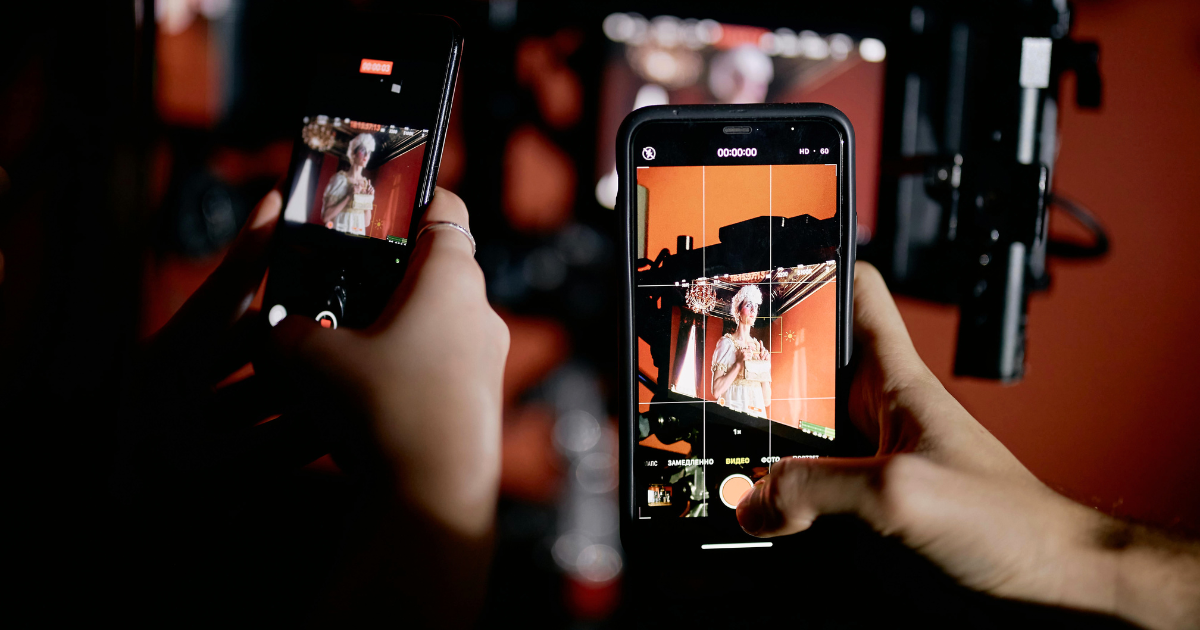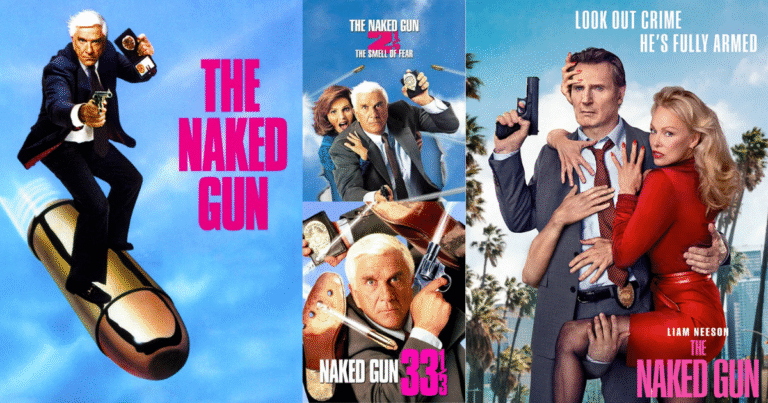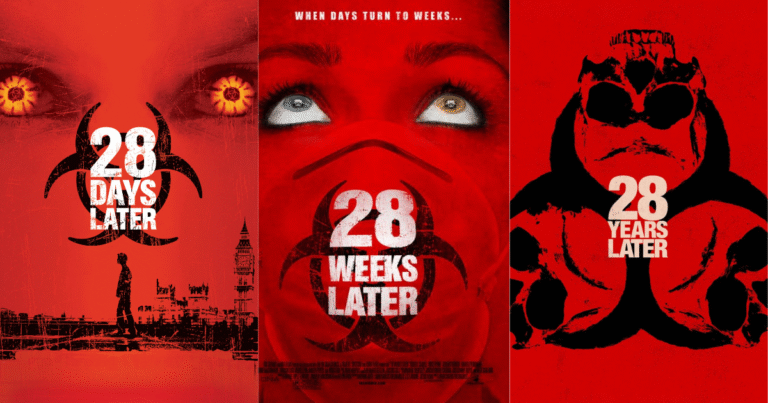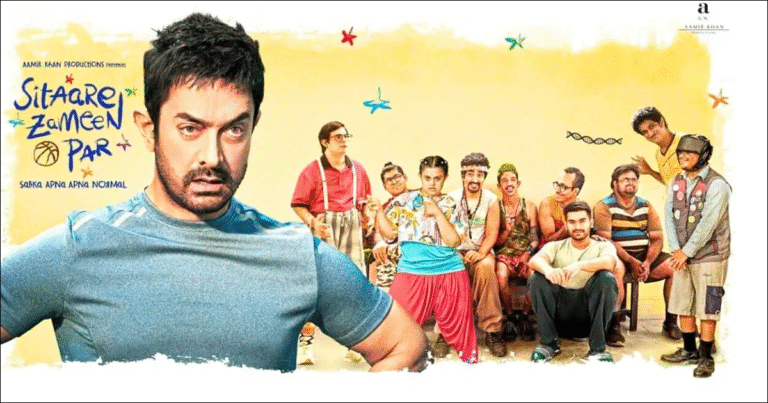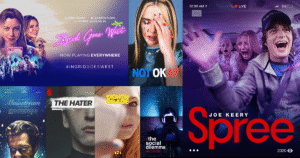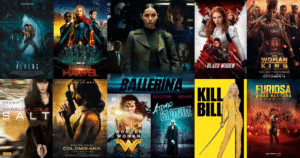Let’s face it, most of us hold our phones upright. Whether you’re scrolling through Instagram, watching a TikTok, or video calling a friend, that vertical screen is your default view. So it’s no surprise that a new wave of filmmakers is embracing vertical films, movies and short films designed to be watched in portrait mode.
Once considered a mistake (remember how we were told to “turn the phone sideways”?), vertical video is now a format of choice, not just for creators on social media but for serious filmmakers, advertisers, and streaming platforms. The vertical film trend isn’t just a passing fad, it’s a real shift in how we tell and consume stories.
What Are Vertical Films?
Vertical films are shot in a 9:16 aspect ratio, the opposite of the traditional horizontal (16:9) or cinematic widescreen. Instead of asking viewers to rotate their devices, these films are designed to fit the natural orientation of a smartphone.
At first, vertical video was mostly linked to amateur content or live social media. But that’s no longer the case. Today, creators are using this format with purpose, crafting visually stunning stories that feel intimate and immersive. Whether it’s a 60-second ad or a 20-minute drama, the vertical frame brings a different energy to the screen.
Why Vertical Videos Are Gaining Popularity
There are a few clear reasons why vertical films are taking off:
- Mobile-First Viewing
Most video content is now consumed on phones. From Instagram Reels to YouTube Shorts and Snapchat Shows, mobile is king, and mobile users hold their phones vertically 94% of the time. Vertical storytelling simply meets people where they already are. - Social Media Influence
Social platforms like TikTok and Instagram have not just normalized vertical video, they’ve made it the preferred format. Filmmakers and brands looking to reach younger audiences are adapting quickly. - Fresh Visual Language
Shooting vertically forces filmmakers to think differently. Instead of wide landscapes, we get height, depth, and close-up emotion. It’s great for character-driven stories, tight framing, and one-on-one perspectives. - Better Engagement
Studies show that vertical video often has higher completion rates and better viewer retention on mobile devices. People are more likely to stick with a story that doesn’t ask them to flip their phones.
Who’s Doing It Right?
Big names in the industry have started to explore this format seriously.
- Snapchat Originals: With shows like Dead of Night, Snapchat led the charge in making serialized vertical storytelling popular among Gen Z.
- Netflix: The platform experimented with vertical video previews and is exploring portrait-friendly mobile content in specific markets.
- Music Videos: Artists like Billie Eilish and Selena Gomez have released vertical versions of their videos tailored for mobile audiences.
- TikTok Shorts & Film Contests: Independent filmmakers are using TikTok not just for fun clips, but as a serious space for narrative storytelling. Film festivals are even adding vertical categories now.
Vertical Doesn’t Mean Amateur
There’s a common misconception that vertical video is low-quality or amateurish. But that couldn’t be further from the truth. Like any format, it depends on how it’s used.
Some of the most visually striking short films today are vertical. The tall frame can make a subject feel larger-than-life or isolate a character in a way that adds emotional weight. It changes how we frame a shot, how we move the camera, and how we edit scenes.
Vertical storytelling often feels more personal, like you’re Facetiming with the characters or scrolling through someone’s private moments. That closeness can create powerful emotional impact when handled thoughtfully.
How to Make a Great Vertical Film
If you’re a filmmaker looking to explore this format, here are a few tips:
- Compose With Height in Mind: Think vertical when planning your shots. Use vertical space creatively, staircases, buildings, people walking toward the camera.
- Reframe Your Storytelling: You can’t just crop a horizontal film and expect it to work. Write and shoot specifically for the vertical frame.
- Use Depth, Not Just Width: Movement toward and away from the camera becomes more prominent than side-to-side movement. Use it to your advantage.
- Prioritize Faces and Emotion: Vertical video is ideal for close-ups and emotional performances.
- Edit for Mobile Viewing: Keep things tight and dynamic. Assume viewers might be watching with the sound off, so use captions and bold visuals.
Not Just for Social Media
While vertical films are naturally at home on platforms like TikTok and Instagram, the format is branching out. Some short film festivals now include vertical categories. Advertisers are commissioning 9:16 cinematic spots. Even brands like Apple and Samsung have released fully vertical commercials and mini-documentaries.
This format also opens doors for emerging creators. You don’t need expensive equipment to make a vertical film, just a phone with a decent camera, a good story, and the right framing.
Is This the Future of Cinema?
Vertical films aren’t replacing traditional cinema. But they are expanding it. Just as television, streaming, and YouTube each carved out their own spaces, vertical video is finding its niche.
It’s more than just a trend, it’s a reflection of how our relationship with screens is evolving. As our devices get smarter and our attention spans shorter, vertical filmmaking offers a format that’s native to the way we live now.
And as storytellers continue to experiment with this “tall” format, we’ll see stories that feel more immediate, more raw, and more in tune with our digital lives.




